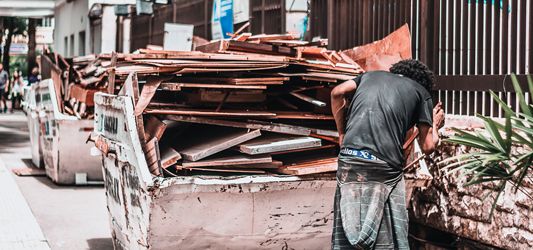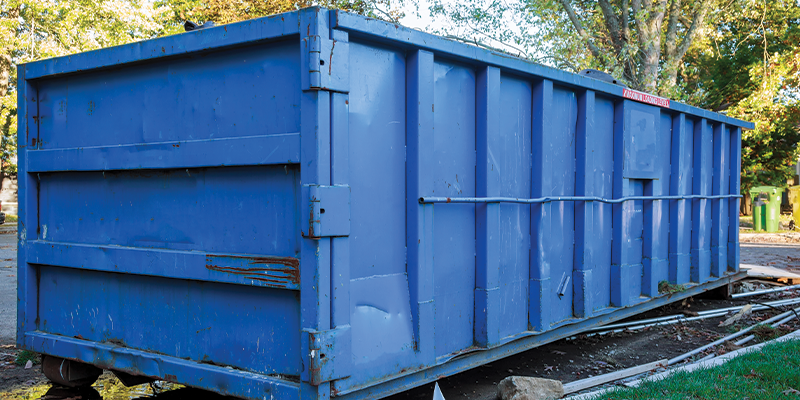
Updated April 2, 2024
Following safety precautions when loading a dumpster is crucial to prevent injuries and accidents and to reduce the risk of the dumpster tipping over or becoming unstable.
Loading a dumpster safely involves several key steps. By following these precautions, you can ensure a safe and efficient dumpster loading process.
Table of Contents:
- Choose the Right Dumpster Size
- Use Personal Protective Equipment
- Load Items Intentionally
- Break Down Large Items
- Use Proper Lifting Techniques
- Don't Overfill the Dumpster
- Avoid Hazardous Materials
- Use a Ramp
- Secure the Dumpster
- Clear the Area
Find dumpster rental near you
Choose the Right Dumpster Size
Choosing the right dumpster size is crucial to ensure that you have enough space for your waste disposal needs without paying for more dumpster than is necessary.
To determine the correct size, start by estimating the amount of waste you need to dispose of and considering the type of waste you have. Different types of waste may require different amounts of space.
Next, check the sizes available from local dumpster rental companies and review their dimensions and capacities. Factor in any weight restrictions that may apply to ensure you choose a dumpster that can accommodate your waste without exceeding the limit.
If you're unsure, consult with the rental company for guidance based on your specific needs. Additionally, consider future needs to avoid the need for multiple rentals.
With the proper dumpster size, you'll be able to safely load your items into the container without overfilling it or causing any safety issues during transportation.
Use Personal Protective Equipment
Personal protective equipment (PPE) is strongly recommended when filling a dumpster to protect yourself against the potential hazards associated with handling waste and debris and loading it into a dumpster.
When filling a dumpster, we recommend wearing the following PPE:
- Gloves: Gloves protect your hands from sharp objects, chemicals, and biological hazards that may be present in the waste.
- Safety glasses or goggles: Safety glasses protect your eyes from dust, debris, and splashes that can occur when handling materials and putting them in a dumpster.
- Safety boots: These protect your feet from punctures, cuts, and other injuries that can occur when working around heavy objects or sharp materials.
- High-visibility clothing: This makes you more visible to others, reducing the risk of being struck by moving vehicles or equipment.
If you're working on a construction or demolition site, or if you're handling any moldy items, we recommend considering wearing a hard hat and a respirator. A hard hat protects your head from falling objects or bumping into overhead obstacles, and a respirator protects you from inhaling dust, fumes, or other airborne particles.
Using the above PPE will help prevent injuries and respiratory illnesses, making the process of filling a dumpster safer.
Load Items Intentionally
Many people think throwing items in a dumpster is all it takes, but organizing items in a dumpster is key for safety.
Start by laying down a foundation of larger and heavier items at the bottom to create a stable base. Distributing weight evenly will prevent the dumpster from becoming unsteady. Likewise, avoid stacking items too high or on one side.
Find dumpster rental near me
Break Down Large Items
Breaking down large items before loading them into a dumpster is recommended for the sake of safety and efficiency. Breaking down large items like furniture, appliances, or large boxes reduces the risk of injuries and accidents for yourself and others loading the dumpster.
Smaller pieces are easier to lift, maneuver, and place in the dumpster, making the loading and unloading process more efficient and less physically taxing.
Additionally, breaking down large items helps to prevent injuries from sharp edges or protruding parts and optimizes the use of dumpster space. Overall, breaking down large items before loading them into a dumpster improves safety by reducing the risk of injuries, making the loading process easier and more efficient, and minimizing the potential for damage to other items.
Use Proper Lifting Techniques
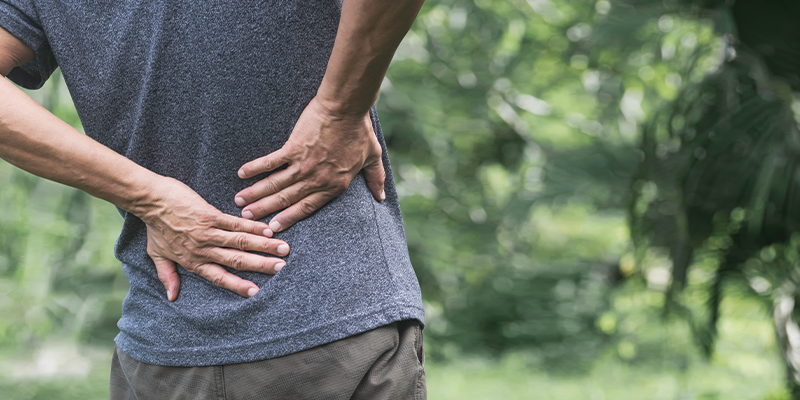
Proper lifting techniques when loading a dumpster can help prevent injuries and ensure safe handling of items. Here are some key tips:
-
Use Your Legs: Bend your knees and keep your back straight when lifting. Use the strength in your legs to lift items rather than relying on your back.
-
Get a Good Grip: Ensure you have a secure grip on items before lifting. Use both hands to lift, and if the item is large or heavy, ask for help carrying it.
-
Lift Slowly and Smoothly: Lift the item slowly and smoothly to reduce the strain on your muscles. Avoid jerking or moving too quickly.
-
Keep the Load Close to Your Body: Avoid holding the item away from your body, which can strain your arms and back. Hold the item close to your body to reduce that strain.
-
Avoid Twisting Your Body: Twisting while lifting can strain your back muscles, so when moving an item, use your feet to turn instead of twisting your body.
-
Use Proper Footwear: Wear sturdy, closed-toe shoes with good traction to prevent slipping while lifting.
-
Know Your Limits: If an item is too heavy or awkward to lift safely, always ask for help or use equipment like a dolly to move it.
-
Take Breaks: If you are doing a lot of lifting, take regular breaks to rest and stretch your muscles. Pushing yourself too hard can cause serious injury in some cases.
Don't Overfill the Dumpster
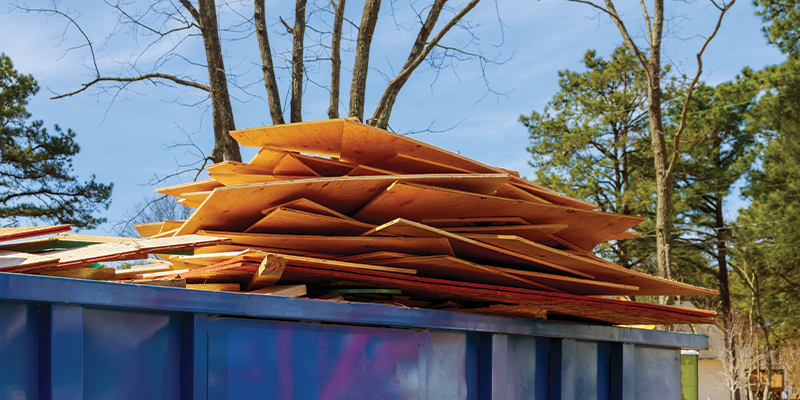
Overfilling a dumpster can lead to items falling out of the dumpster during loading, transportation, or when the dumpster is being emptied. These falling items can pose risks to people working around the dumpster, such as workers or pedestrians, as well as to nearby property. Additionally, overfilling can cause the dumpster to become unstable, increasing the risk of it tipping over. A dumpster that is not properly balanced due to overfilling can easily tip when being lifted by a truck or when set down on uneven ground, potentially causing injuries or property damage.
Overfilled dumpsters can also be difficult to cover properly, exposing the contents to the elements and increasing the likelihood of items blowing out and creating litter in the surrounding area.
Not overfilling a dumpster is essential for maintaining a safe environment for everyone working in the area as well as nearby property.
Keep reading: Why Can't I Fill My Dumpster to the Top?
Find dumpster rental near you
Avoid Hazardous Materials
Hazardous materials can include items such as chemicals, batteries, electronics, paint, solvents, and medical waste. These materials can pose serious risks to human health, wildlife, and the environment if not disposed of properly.
When hazardous materials are placed in a dumpster, they can leak or spill, creating a potential health hazard for anyone loading or handling the dumpster or its contents.
Additionally, hazardous materials can contaminate the environment if they are not disposed of properly. When hazardous materials end up in landfills, they can leach into the soil and groundwater, contaminating drinking water sources and harming wildlife.
Proper disposal of hazardous materials is regulated by local authorities and typically requires special handling and disposal methods. This may include taking the materials to a designated drop-off site or using a hazardous waste disposal service. By following these guidelines and not putting hazardous materials in a dumpster, you can help protect human health and the environment from the risks associated with improper disposal.
Use a Ramp
Using a ramp can make loading a dumpster safer by providing a gradual incline for moving heavy or bulky items into the dumpster. Ramps eliminate the need to lift items high off the ground, reducing the risk of strain or injury. By allowing you to roll or slide items up the ramp, you can load the dumpster more efficiently and with less physical exertion.
Ramps also help to stabilize the loading process, especially for items that are on wheels or carts. The ramp provides a smooth surface for these items to roll up into the dumpster, reducing the risk of them tipping over or becoming unbalanced during the loading process.
Secure the Dumpster
Securing a dumpster when not in use helps to prevent unauthorized access and use of the dumpster. When a dumpster is left unsecured, it can attract unwanted items or materials, such as others' household trash or hazardous waste, which can create safety hazards and increase the risk of contamination.
Ensuring your dumpster is closed and secure whenever it's not in use also helps prevent items from falling out or blowing away, especially in windy conditions. Loose items can create litter and debris, which can be hazardous to pedestrians and vehicles in the area.
Clear the Area
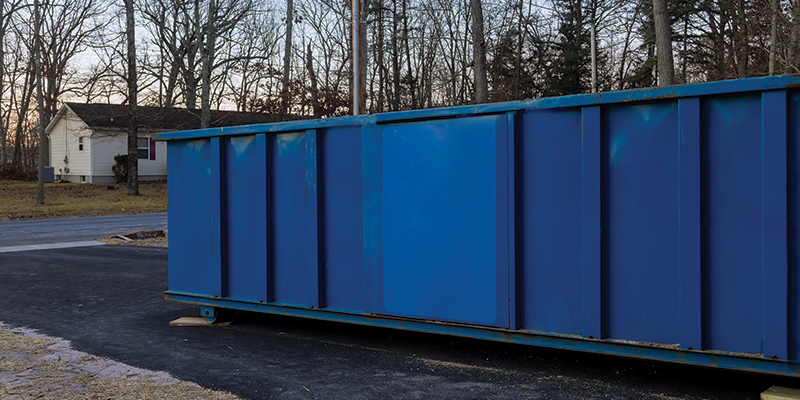
Keeping the area around a dumpster clear is essential for maintaining a safe environment. It provides clear access to the dumpster for waste disposal and collection. Debris, obstacles, or uneven surfaces around the dumpster can pose hazards, especially in low light conditions. By keeping the area clear, you create a safer environment for anyone accessing the dumpster.
A clear area around the dumpster allows for better visibility, which is important for safety and security. It makes it easier to see if there are any hazards or unauthorized activities around the dumpster, enabling prompt action to address them.
